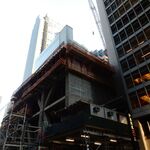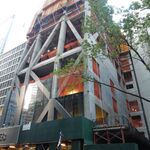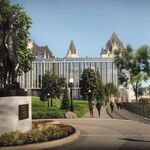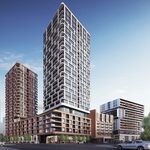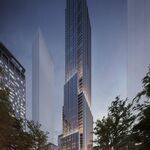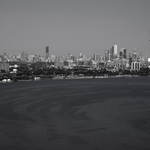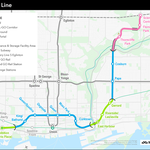After exploring the Chicago School of Architecture last week, Cityscape is back with a look at Canada's West Coast Arts and Crafts Movement as found within the cities of Vancouver and Victoria, British Columbia. Wholly different to the Arts and Crafts traditions established in Central and Eastern Canada, the West Coast-influenced Arts and Crafts architecture of British Columbia featured an amalgam of Canadian, British, and American Pacific Coast architectural style, one which has helped set the tone of Vancouver and Victoria over the course of the last century.
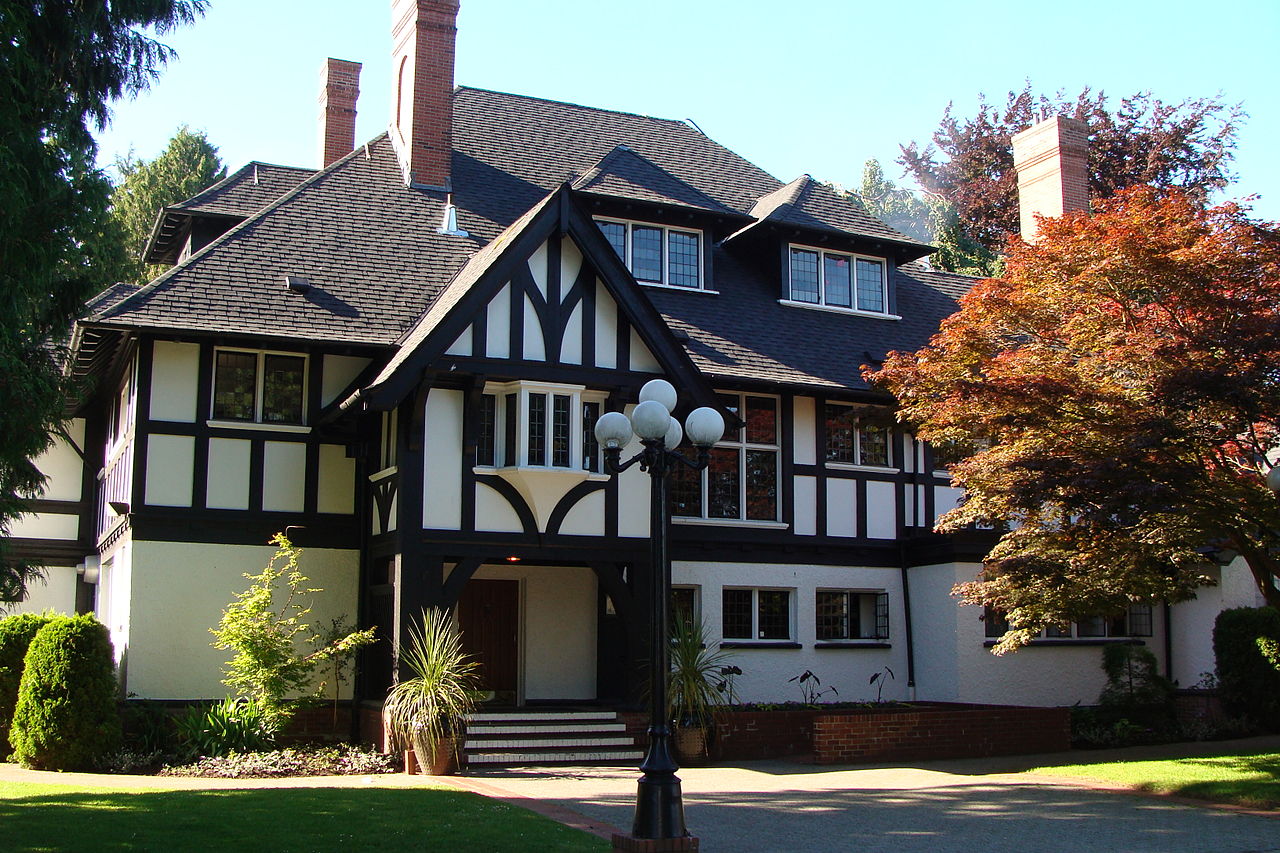 "Thorley Park," 1911, by Samuel Maclure, Point Grey, Vancouver, image by lota 9 via Wikimedia Commons
"Thorley Park," 1911, by Samuel Maclure, Point Grey, Vancouver, image by lota 9 via Wikimedia Commons
Begun in England in the 1880s under the direction of a group of architects and artists including William Morris, John Ruskin, and Philip Webb, the Arts and Crafts Movement was seen by its founders as a traditionalist, craft-centric alternative to the increasing mechanization, automation, and mass-production of the material world around them. Setting out to reverse the course of modern mass production, which they thought had resulted in the deskilling of craftspeople and the erosion of traditional handicrafts, art, and architecture, the early members of the Arts and Crafts Movement began to experiment with design, incorporating traditional methods, materials, and decorative motifs and patterns into their work.
 William Morris original wallpaper print, "Trellis," 1862, image via public domain
William Morris original wallpaper print, "Trellis," 1862, image via public domain
After crossing the Atlantic, the Arts and Crafts Movement quickly spread across both the United States and Canada, adopting its own idiosyncratic design philosophies, materiality, and traditions, which soon took root on either side of the border. In the United States, architects such as Gustav Stickley perfected the Craftsman style, disseminating his sage advice on all matters Arts and Crafts in a monthly publication titled The Craftsman. Recognizable styles such as Frank Lloyd Wright's early favourite, the Prairie Style, or the eminently popular California Bungalow emerged from this movement.
 "Gamble House," 1908, by Greene and Greene, Pasadena, California, image by Flickr user Roy Randall via Creative Commons
"Gamble House," 1908, by Greene and Greene, Pasadena, California, image by Flickr user Roy Randall via Creative Commons
In Canada, the Arts and Crafts Movement developed along its own unique parallels, adopting a more staid, English-influenced cottage style in Central and Eastern Canada, through the efforts of Toronto architect Eden Smith and Montreal architect Percy Nobbs. On the West Coast, the self-made architect Samuel Maclure, along with contemporary and sometimes colleague Francis Mawson Rattenbury, brought about a much more ambitious and distinct West Coast-influenced Arts and Crafts Style that was to set the tone of domestic architecture in British Columbia for generations to come.
 "Rear House," 1910, by Samuel Maclure, Vancouver, image by Chris10chan via Wikimedia Commons
"Rear House," 1910, by Samuel Maclure, Vancouver, image by Chris10chan via Wikimedia Commons
With a style founded in the Arts and Crafts Movement's affinity for natural materials, building with nature, the blending of indoor and outdoor space through the usage of semi-enclosed 'sleeping porches' and verandahs, and the concept of designing from the inside out to achieve the best return on form and function, British Columbia architect and Canadian Arts and Crafts pioneer Samuel Maclure moved to Victoria at the turn of the last century, where his impact on the Provincial Capital permanently changed the architectural character of Victoria and nearby Vancouver.
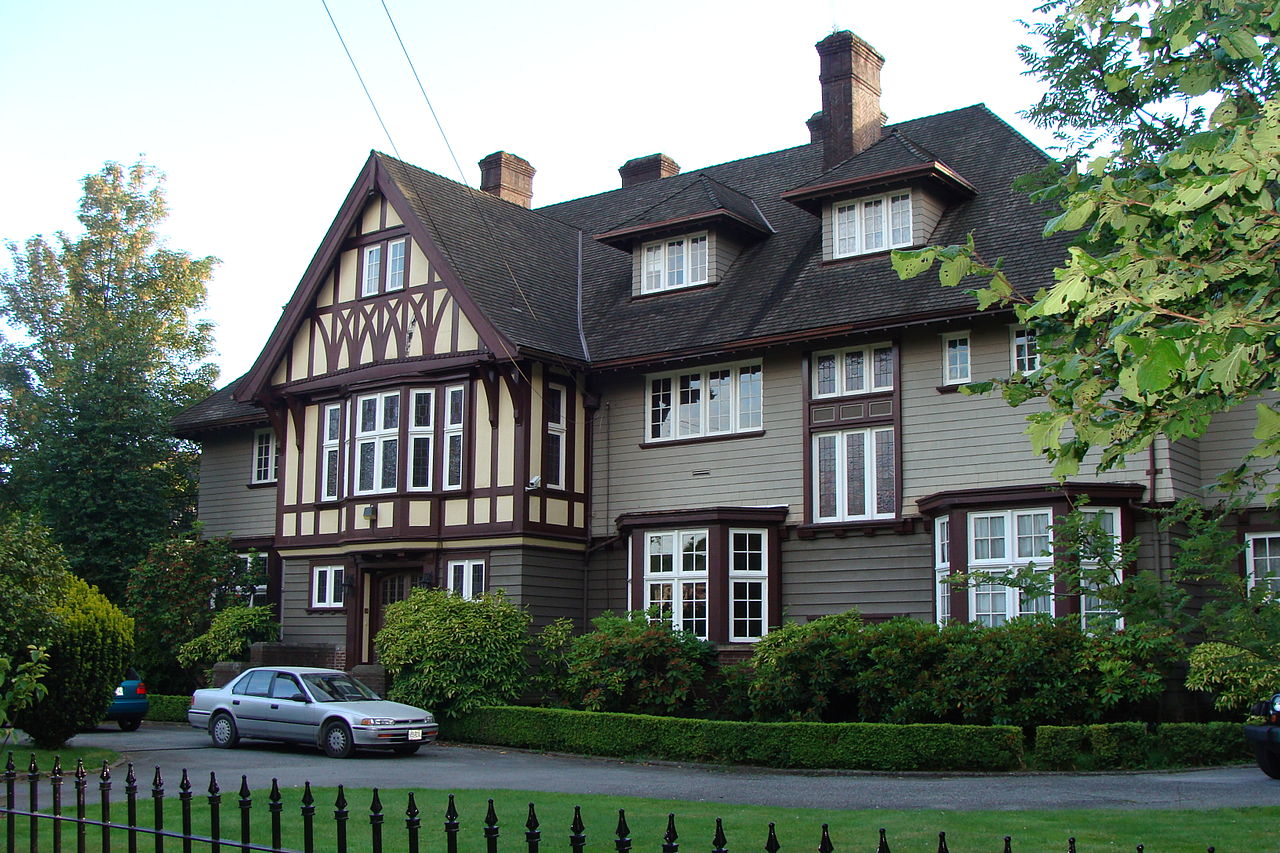 "Rosemary," 1915, by Samuel Maclure, Vancouver, image by lota 9 via Wikimedia Commons
"Rosemary," 1915, by Samuel Maclure, Vancouver, image by lota 9 via Wikimedia Commons
Incorporating the generous supply of high-quality hardwoods, stone, and other natural materials into his designs, Maclure homes are easily recognizable for their rich material palette and attention to detail, grounded as they are in the English-and-West-Coast-inspired principles of Arts and Crafts traditions and design. Some tell-tale signs of a Maclure home include his love of decorative half-timbering, which he incorporated into many of his homes in both Victoria and Vancouver, along with his signature finials, which adorned the peaks and gables of many of his homes.
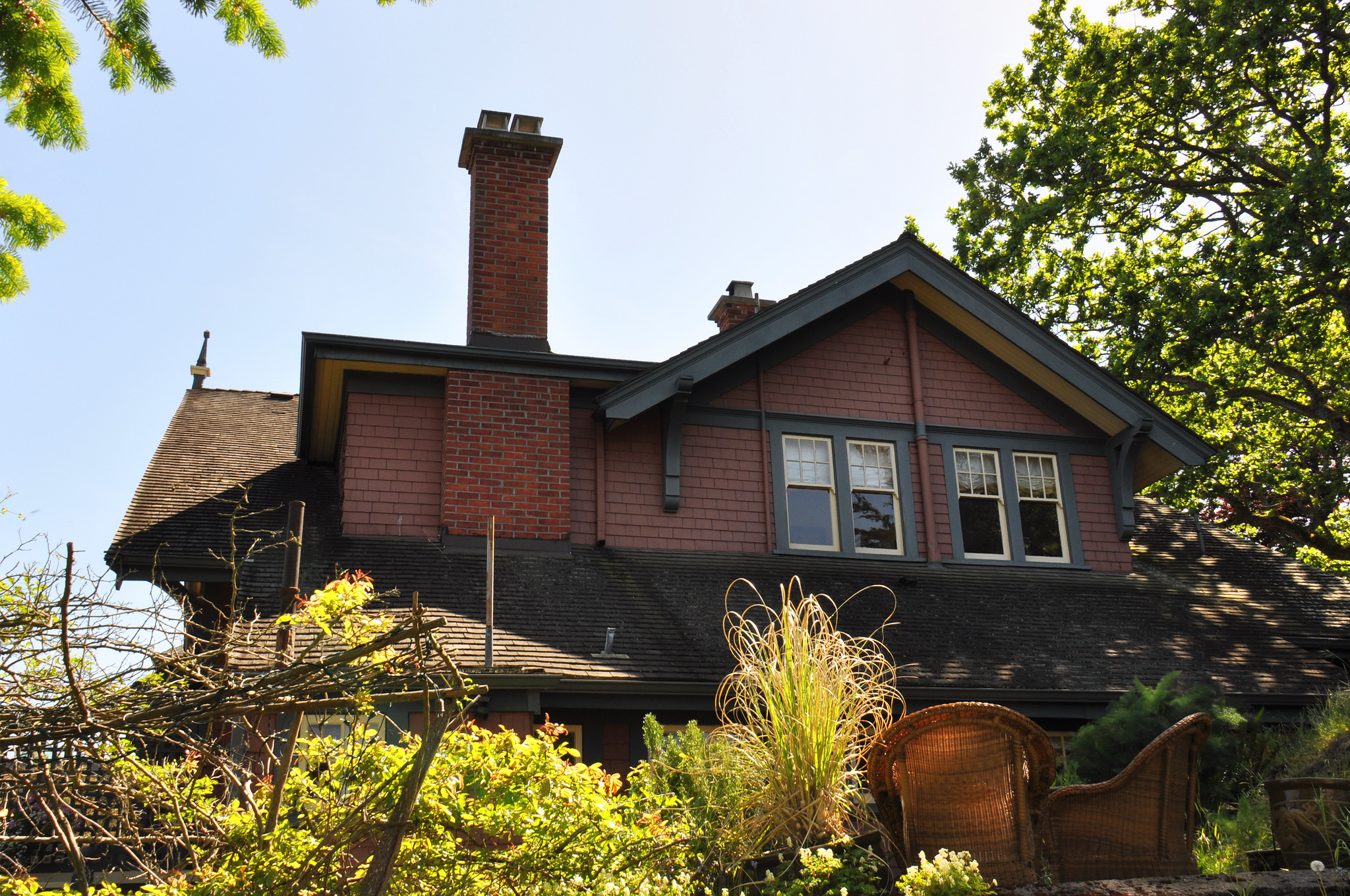 "Craigmont," 1905, by Samuel Maclure, in Rockland, Victoria, showcasing his distinctive finials, image by Flickr user Lotus Johnson via Creative Commons
"Craigmont," 1905, by Samuel Maclure, in Rockland, Victoria, showcasing his distinctive finials, image by Flickr user Lotus Johnson via Creative Commons
Found in ample numbers throughout Victoria's Oaklands, Fairfield, and Rockland neighbourhoods, Maclure's homes have come to define the city, which in turn has directed great care and civic pride towards the preservation of these and numerous other examples of Victoria's built heritage and architectural history. In nearby Vancouver, however, despite protections recently imposed on the demolition of pre-1940 "character" homes, the wild escalation of real estate and resultant land speculation have seen an unprecedented number of demolition applications — with estimates set at about 1000 per year — pass through City Hall as a staggering amount of once grand historic homes and estates continue to face the wrecker's ball.
 "Birch Manor," 1910, by Shaw Bros., Vancouver, demolished in 2013, image by Flickr user Vancouver Heritage Society via Creative Commons
"Birch Manor," 1910, by Shaw Bros., Vancouver, demolished in 2013, image by Flickr user Vancouver Heritage Society via Creative Commons
Symptomatic of the exceedingly high value of land in and around the city centre, which by default contains the highest concentration of traditional housing stock and character homes, the ongoing destruction of Vancouver's domestic, heritage architecture will soon erase the West Coast Arts and Crafts character that has defined British Columbia's largest city for more than one hundred years. Soon to be wholly replaced by the dense, urban verticality espoused by the eponymous "Vancouverism" that began towards the latter half of the twentieth century, central Vancouver is already well on its way to realizing its modern, twenty-first-century reinvention.
 Vancouver from the above, image by Flickr user Gord McKenna via Creative Commons
Vancouver from the above, image by Flickr user Gord McKenna via Creative Commons
A veritable tale of two cities, the fate of the craft ideal set in place in Victoria and Vancouver at the turn of the last century by Samuel Maclure and other fellow practitioners of the Canadian Arts and Crafts Movement will undoubtably continue to go in separate directions, as the architectural character of each city reflects the contemporary challenges and collective civic values exhibited within each.
For further discussion on topics relating to Vancouver, check out the local Forum, and as always, feel free to join the conversation in the comments section below. Cityscape will return soon with a new instalment, and in the meantime, SkyriseCities welcomes new suggestions for additional cities and styles to cover in the weeks to come.

 6.8K
6.8K 












